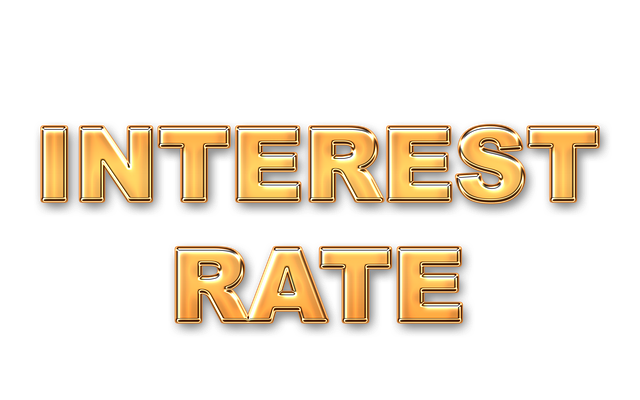Lower interest rates significantly boost demand in the real estate market by making homeownership more affordable, leading to increased competition and higher property values. Real estate professionals need to adapt, emphasizing favorable conditions and potential savings, while investors should consider strategies like securing fixed-rate mortgages at low rates or focusing on niche markets. Developers must also be proactive and informed to stand out in a competitive landscape.
In today’s economic climate, central banks’ efforts to lower interest rates have significant implications for the real estate sector. This article explores how reduced mortgage rates are unlocking housing market potential and driving demand. We delve into the effects on buyer behavior and analyze strategies that real estate professionals can employ in this low-rate environment to capitalize on the surge in market activity. Lower rates present a unique opportunity, but understanding the dynamics is key to navigating this evolving landscape successfully.
Lower Rates: Unlocking Housing Market Potential

Lower rates act as a catalyst, unlocking immense potential in the real estate market. When interest rates decline, borrowing becomes more affordable, encouraging prospective homebuyers to enter the market. This surge in demand is particularly significant among those who had been waiting on the sidelines due to financial constraints. With lower rates, buying a home becomes a more feasible and attractive proposition.
Additionally, reduced rates stimulate economic growth, fostering a positive environment for real estate investment. Property seekers can secure mortgages at favorable terms, boosting their purchasing power. This influx of buyers has the potential to drive up property values, creating a win-win situation for both sellers and investors in the long run.
Demand Surge: Effects of Reduced Mortgage Rates

When mortgage rates dip, it triggers a ripple effect across the real estate market, causing a surge in housing demand. Lower borrowing costs make owning a home more affordable for many prospective buyers, who have been waiting on the sidelines due to financial constraints. With reduced rates, saving for a down payment becomes easier, encouraging more individuals and families to enter the market. This increased purchasing power leads to heightened competition among buyers, particularly in popular real estate sectors.
As a result, housing prices may experience upward pressure, as sellers recognize the favorable conditions and decide to list their properties. The rise in demand can create a self-reinforcing cycle, where positive market sentiment further drives prices higher. This phenomenon is especially notable in areas with a limited housing supply, where the balance between offer and demand becomes closely contested.
Real Estate Strategies in a Low-Rate Environment

In a low-rate environment, real estate professionals must adapt their strategies to capture the heightened demand. Lower interest rates make homeownership more affordable, prompting many prospective buyers to enter the market. To capitalize on this trend, real estate agents can emphasize the current favorable conditions in their marketing efforts. Highlighting the accessibility and potential savings for borrowers can attract a larger pool of interested buyers.
Additionally, real estate investors should consider strategies that leverage low rates. This may involve securing fixed-rate mortgages at historic lows to purchase investment properties, offering attractive rental opportunities. The competitive landscape might intensify, so developers could focus on niche markets or specialized properties, ensuring their offerings stand out. Overall, the key is to be proactive, informed, and responsive to the shifts in this dynamic real estate market.






